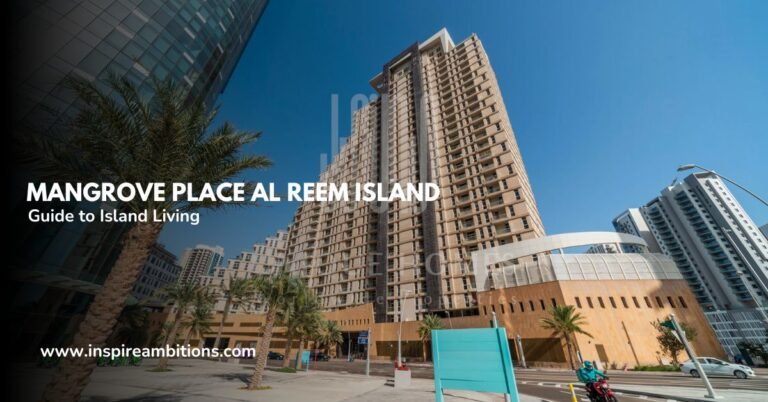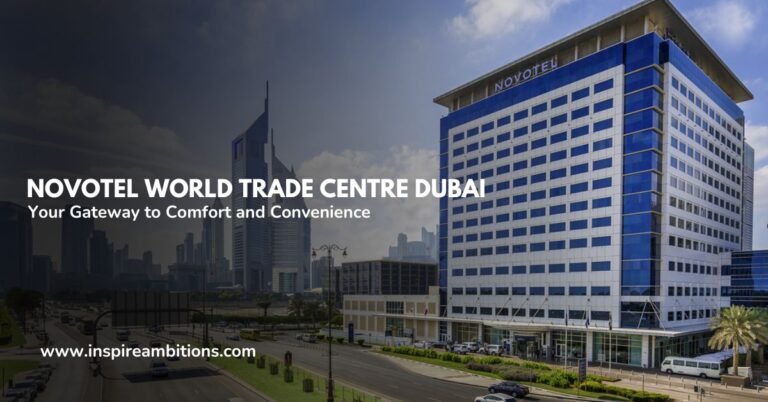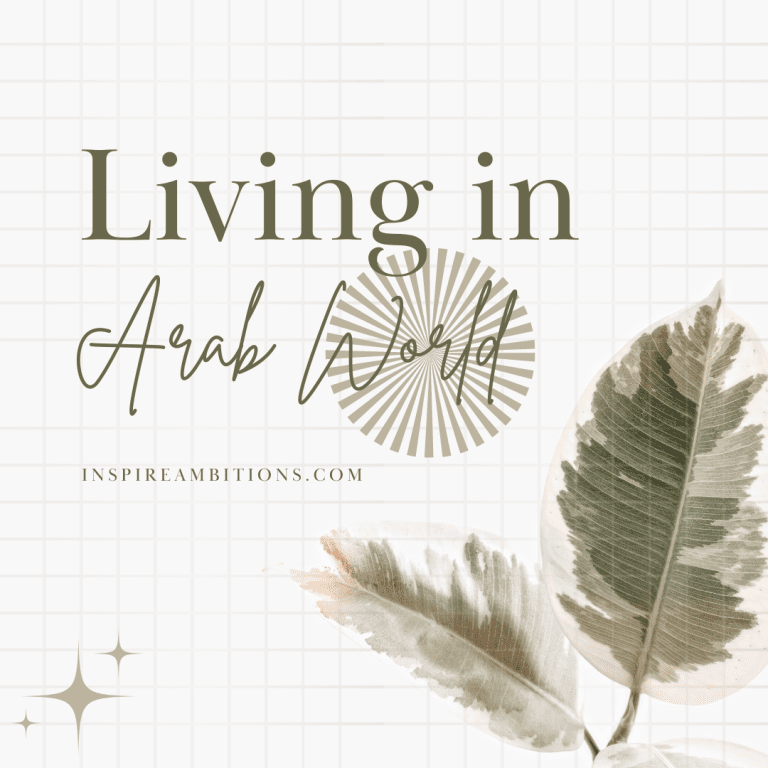متى بنيت دبي؟ – تتبع التحول السريع للمدينة
Dubai is often associated with its meteoric rise from a quiet fishing village to a towering global metropolis.
The city’s foundation as it is known today began in the 19th century, but the area’s history stretches back much further. Archaeological findings suggest the region has been inhabited since at least 3000 BCE.

This city in the United Arab Emirates (UAE) has undergone an astonishing transformation, particularly in the last half-century. Today, Dubai is not just a city but a synonym for innovation, luxury, and a crossroads of cultures in the heart of the Middle East.
Its exponential growth into a bustling, cosmopolitan hub of the UAE is a testament to its visionary leadership and strategic development efforts, which have propelled its economy and architectural ambitions to impressive heights.
When Dubai Was Built? – Key Takeaways
- Dubai’s history extends thousands of years, with significant growth in the last century.
- An economic and architectural marvel, Dubai reflects rapid development and innovation.
- As a global city, Dubai faces unique challenges while remaining a cultural nexus.
Historical Origins
Before discovering the vibrant metropolis that Dubai is today, it is essential to delve into its humble beginnings. The city’s fascinating historical trajectory tracks back centuries, beginning as a small fishing and pearling community.
Fishing and Pearling Times
Dubai’s original economy was supported primarily by صيد السمك و pearling activities. The قبيلة بني ياس played a significant role in the area’s development, leveraging the abundant date palm trees and the coastal waters rich in pearl oysters. In this period, the community was small, with Islamic architecture influencing the design and construction of buildings, hinting at the region’s religious and cultural leanings toward Islam.
Establishment of the Emirate
In 1833, Maktoum bin Butti led his tribe to Dubai Creek, laying the foundation for the Al Maktoum dynasty, which continues to rule the emirate to this day. Today, the protective wing of the Trucial States, an agreement with the British that brought peace to the Arabian Gulf, Dubai began to develop into a trading hub.
The city’s status as an إمارة was further solidified during the leadership of Sheikh Rashid bin Saeed Al Maktoum, who navigated Dubai through pivotal transformations from the mid-20th century.
Economic Transformation
The skyline of Dubai has undergone an exceptional transformation, evolving from a modest trading port to a global synonym for wealth and innovation. This نمو spurt is rooted in two main economic events: the discovery of oil and the strategic diversification into various sectors.
Discovery of Oil
In the late 1960s, the discovery of oil became a pivotal turning point for Dubai’s economy. The Jebel Ali Port, constructed to handle the burgeoning export, was the first step in creating the infrastructure necessary to support the oil industry.
The revenue generated from oil sales launched a period of unprecedented نمو. It provided the financial capital required to drive expansion and fostered the emergence of عمل و industry sectors that continue to dominate Dubai’s economy today.
Diversification into Trade and Tourism
Dubai’s strategic shift towards diversification has cushioned oil market fluctuations, enhancing long-term stability. The city leveraged its unique geographical location to develop خور دبي و Jebel Ali Port into bustling hubs for commerce و تجارة.
Prominent فنادق فاخرة and attractions significantly bolstered السياحة, branding Dubai as a luxury travel destination. -oil sectors, magnifying Dubai’s role in international تجارة و السياحة, now contribute a substantial share of the emirate’s GDP.
Architectural Development
Dubai’s transformation into a city synonymous with cutting-edge architecture began in earnest with the construction of notable edifices such as the Emiratskyscraperss. The city’s rapid development is reflected in its skyline, dominated by towering skyscrapers and luxurious real estate projects.
Rise of the Skyscrapers
In the heart of Dubai, the skyline is punctuated by record-breaking high rises, such as the برج خليفة, standing as the tallest building in the world.
This architectural wonder is not only a debutant to the debutantes and of symbols and skyscraper construction. Adjacent areas, like وسط مدينة دبي, burgeoned alongside these giants, solidifying the city’s reputation for vertical ambition.
Expansion of Infrastructure
The lure of Dubai’s real estate magnetized growth, demanding corresponding advancements in infrastructure. طريق الشيخ زايد, a vital transport artery, is flanked by transport that showcases Dubai’s architectural prowess. The city’s مترو, a feat of contemporary engineering, expanded cohesively with the residential and commercial sprawl.
Newer projects, such as the جزر النخيل و ال Dubai Waterfront, continue to showcase innovation, each a hallmark of a city that reached for the stars from its modest roots.
Cultural Hub and Global City
As Dubai has flourished, becoming a but it has propolis and also me country cultures. Its diverse population and المعالم المميزة signify its status as a cultural hub and global city and Population Growth
Dubai’s transformation into a global city has been marked by significant diversity and population growth. The city’s population is a vibrant tapestry of expatriates, with a mighty population, including India and Pakistan, as a mix of Irani, Hindu, and Christian communities.
متنوع طعام offerings, ranging from traditional Middle Eastern cuisines to unique culinary fusions, paralleled this cultural diversity. The allure of رفاهية and the promise of tax-free living continue to attract expatriates, making Dubai a truly international metropolis.
المعالم الثقافية
Dubai is home to impressive المعالم الثقافية:
- مول دبي: Not just a shopper’s paradise but a place where you can immerse yourself in an array of international cultures and entertainment.
- برج العرب: A symbol of opulence and luxury, this iconic hotel epitomizes Dubai’s lavish lifestyle.
- جميرا: Known for its stunning beaches and resorts, this area also showcases Islamic architecture, giving you a glimpse of the city’s rich heritage.
These landmarks are not just structures but experiences that offer a stay like no other, blending the lines between modern luxury and traditional charm.
Modern Challenges and Innovations
Dubai’s meteoric rise as a global hub for commerce and industry is intrinsically linked to its ability to navigate modern challenges effectively while continuously embracing cutting-edge ابتكارs.
Economic Sustainability
نمو و ابتكار play pivotal roles in Dubai’s economic sustainability. Once heavily reliant on oil, your city’s economy has successfully diversified, with commerce and real estate development commanding significant attention. However, ensuring long-term prosperity requires vigilant management of resources and a commitment to developing sectors like technology and renewable energy.
- Strategic diversification efforts
- Commerce: Expansion in trade and logistics.
- ابتكار: Investments in innovative city initiatives and clean energy.
Safety and Regulations
متعلق أمان and regulations in architecture and construction, لك city considers not only the present demands but future possibilities as well, factoring in بيئة, طقس، و fire hazards. Implementing strict building codes ensures that structures can withstand the harsh climate and potential fires, thus prioritizing the safety of citizens.
- Regulatory Framework:
- Safety regulations: Enforced standards for construction materials and methods.
- Environmental codes: Policies to minimize ecological impact.
Staying at the forefront of ابتكار in economic practices and أمان measures, Dubai sets an example in building a modern, resilient city. By acknowledging and acting upon these necessities, it continues solidifying its standing as a dynamic leader in industry and urban development.






